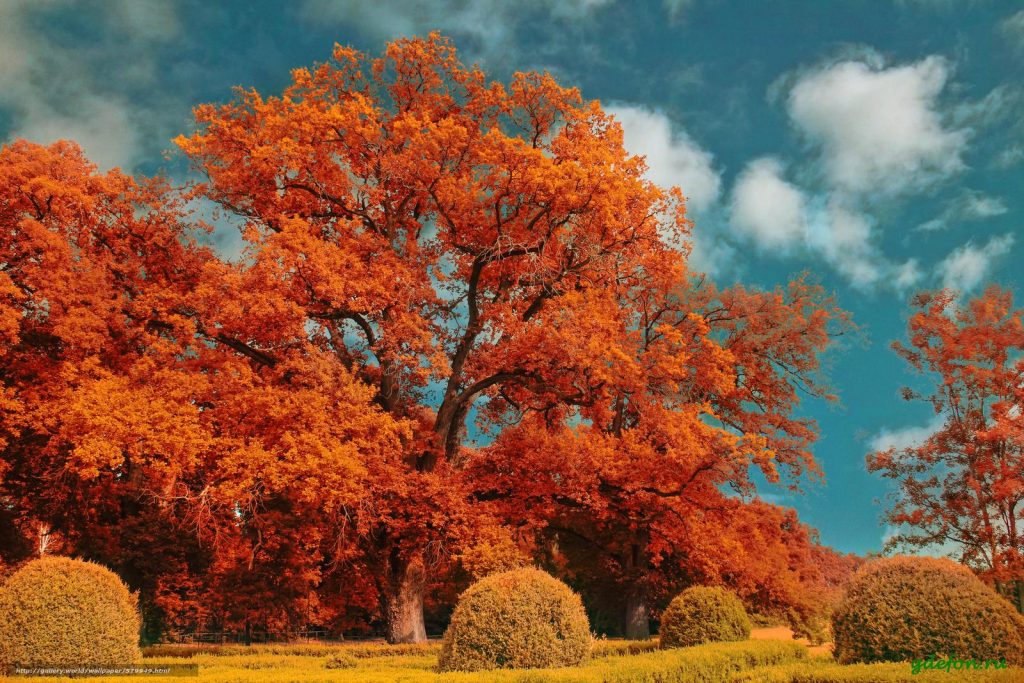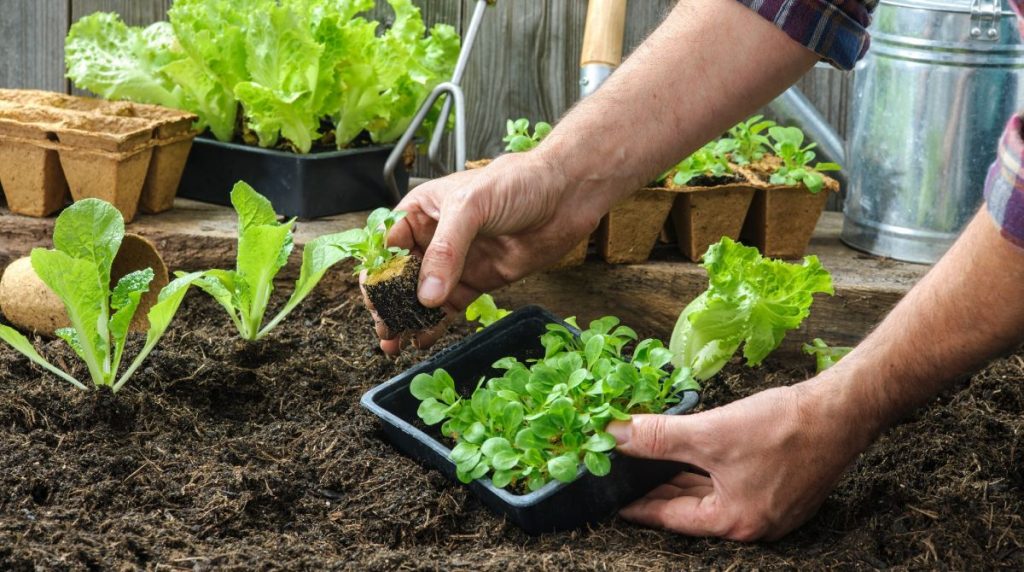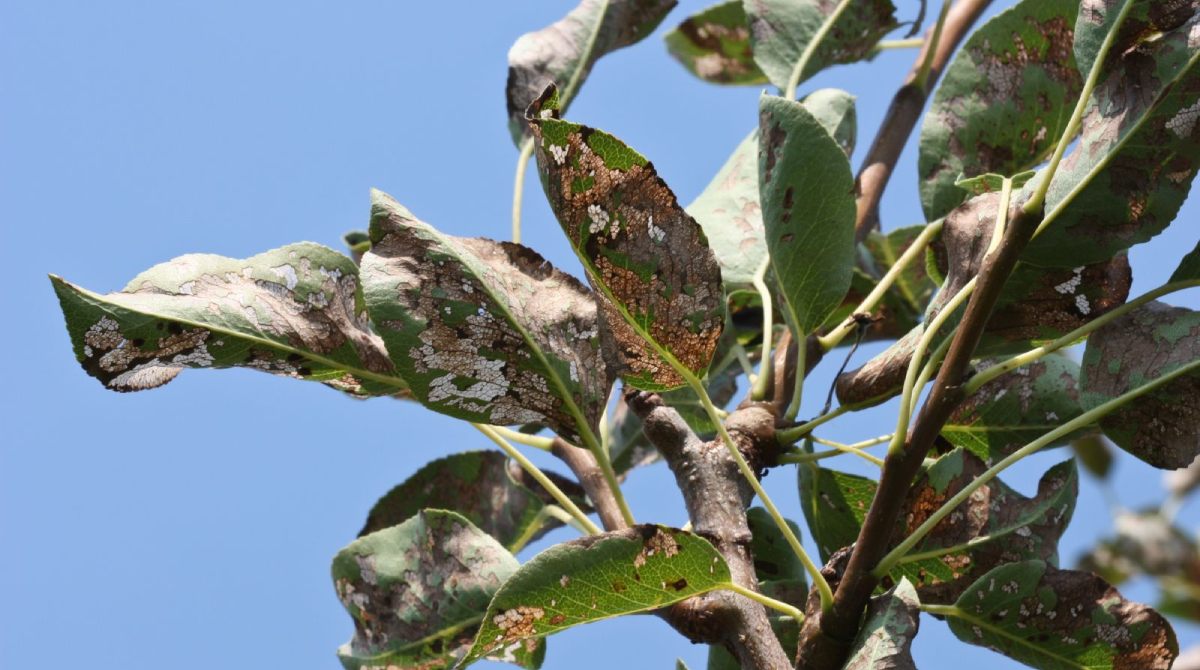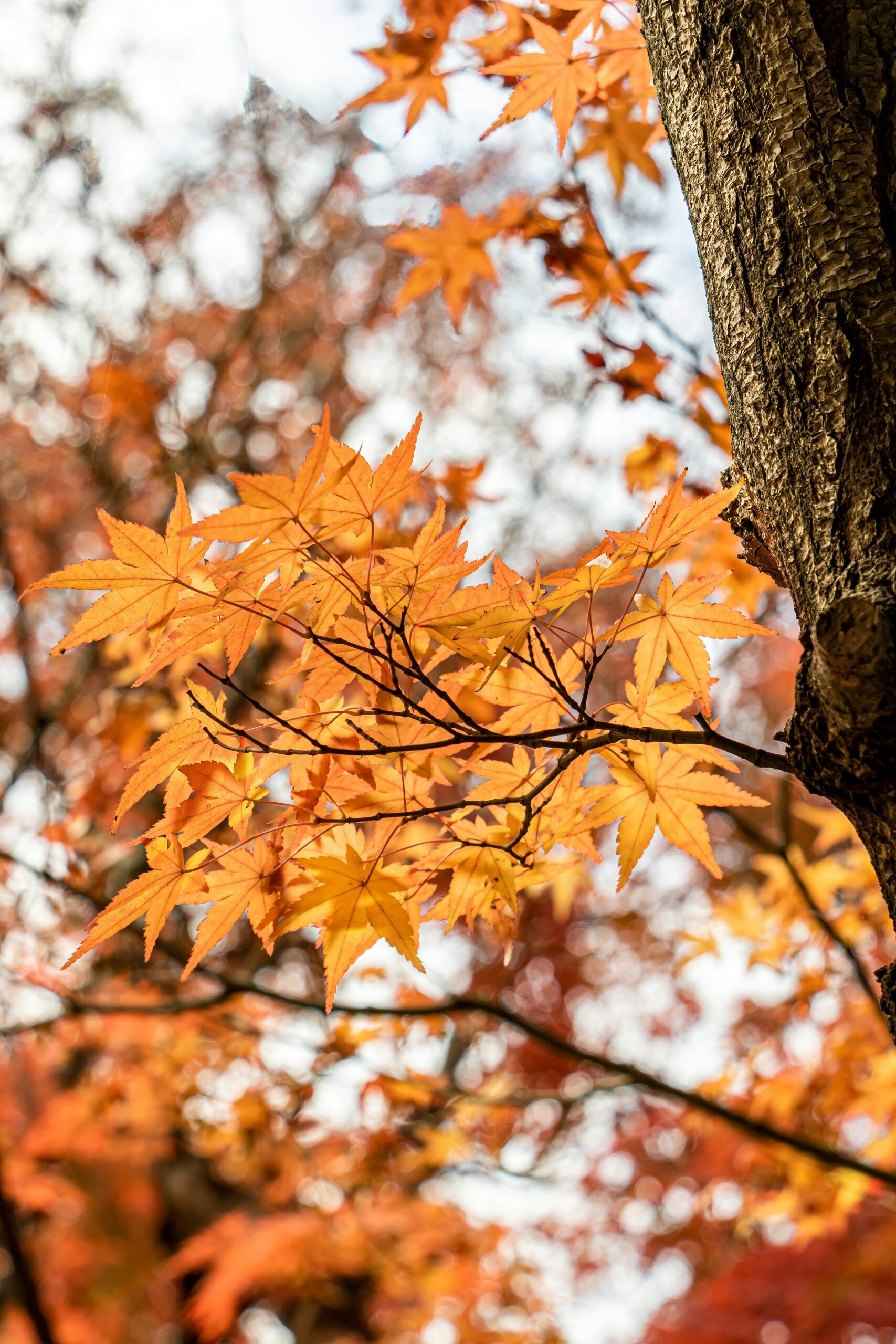
Date October 15, 2025
Category
Introduction:
As the temperatures begin to drop in the Dallas–Fort Worth Metroplex, the changing season signals more than just cooler mornings and falling leaves—it’s a crucial time for tree health management. While many homeowners assume that tree care ends with summer, fall is one of the most important times of year to inspect, treat, and prepare your trees for the cold, unpredictable months ahead.
From soil management and root zone protection to strategic pruning and fertilization, ensuring your trees transition smoothly from fall into winter is critical for their longevity. In this comprehensive guide, we’ll walk through a checklist of proactive steps every DFW homeowner should take in November to promote healthy, thriving trees year-round.
And as always, the ISA Certified Arborists at TreeNewal.com are ready to support your property’s tree care with science-backed solutions tailored to the unique soil, climate, and tree species found in North Texas.
Why Fall Matters for Tree Health in Dallas–Fort Worth
The fall season in North Texas brings a blend of relief and preparation. The brutal summer heat finally gives way to cooler air, but behind the scenes, your trees are undergoing a subtle transition:
-
They’re shifting energy from canopy growth to root system development.
-
Their immune systems are more vulnerable to disease and pest activity.
-
Soil moisture and nutrient availability fluctuate as weather patterns change.
-
Storm risks increase, especially from sudden cold snaps or early freezes.
If left unattended, these transitions can create stress points that weaken your trees and increase the likelihood of limb failure, pest infestation, or disease over winter.
The Fall Tree Health Checklist for DFW Homeowners
This is your essential November checklist for fall tree health in Dallas and Fort Worth. Each section covers a key aspect of tree care that, if handled now, will pay dividends in the seasons to come.
1. Inspect Tree Structure and Canopy
Start with a visual inspection of your trees. Fall is the perfect time to evaluate your tree’s structure, especially with some leaves already thinning out.
Look for:
-
Dead or diseased limbs (these often appear dry, discolored, or brittle)
-
Crossing or rubbing branches that could break in wind or ice
-
Branches hanging too close to roofs, driveways, or power lines
-
Visible cracks in limbs or the trunk
-
Trees leaning more than usual
If you notice anything concerning, schedule an assessment with an ISA Certified Arborist from TreeNewal. Their expert team can diagnose structural issues and perform fall pruning to reduce the risk of storm-related damage.
2. Schedule Professional Pruning (Don’t Wait for Spring)
Fall pruning is a best-kept secret in arboriculture. While many assume spring is the go-to season, certain tree species benefit significantly from strategic pruning in late fall.
Why prune in November?
-
Trees are entering dormancy, reducing the risk of stress from cutting.
-
It removes dangerous limbs before potential winter ice storms.
-
It prepares trees for vigorous spring growth.
-
Pests and fungi are less active, reducing the risk of infection at cut sites.
TreeNewal’s certified arborists use industry-approved techniques that preserve tree structure, health, and aesthetics, avoiding the dangers of improper or “topping” cuts.
3. Evaluate Soil Moisture Levels and Irrigation
Despite cooler weather, your trees still need water—and the fall climate in North Texas can be deceptive. Dry, windy days and cold fronts can lead to soil drying out faster than expected.
Tips for fall watering:
-
Water deeply at the drip line, not near the trunk.
-
Use a slow-release drip or soaker hose.
-
One deep watering per week is often ideal—adjust for rainfall.
Not sure if your tree is getting enough? TreeNewal offers soil moisture testing to ensure your trees have the hydration they need to strengthen their roots ahead of dormancy.
4. Apply Organic Mulch for Root Zone Protection
Mulching is one of the simplest yet most powerful tools in fall tree care.
Benefits of proper mulching include:
-
Insulates the root zone against temperature swings
-
Retains soil moisture and reduces watering needs
-
Prevents weed competition and erosion
-
Improves soil quality as it breaks down
Proper mulching tips:
-
Use 2–4 inches of organic mulch (e.g., wood chips or shredded bark)
-
Extend mulch to the drip line if possible
-
Keep mulch at least 3 inches away from the trunk
Avoid “volcano mulching,” which piles material against the trunk and encourages rot. TreeNewal offers root flare exposure services and can correct over-mulched or improperly buried trees.
5. Conduct a Soil Nutrient and pH Test
Healthy trees begin with healthy soil. In DFW’s heavy clay soils, compaction and nutrient deficiency are common issues that compromise root health—especially as trees prepare for winter.
TreeNewal’s ISA Certified Arborists can conduct professional soil testing to check:
-
pH levels
-
Nutrient availability (nitrogen, phosphorus, potassium, etc.)
-
Organic matter content
-
Signs of compaction or poor aeration
From there, they can prescribe a custom fertilization or soil amendment plan designed specifically for your landscape.
6. Apply a Slow-Release Fertilizer (Only If Needed)
Fertilizing in the fall gives trees the nutrients they need to strengthen roots and store energy for spring. But not all trees need fertilizer, and too much can be harmful.
That’s why TreeNewal uses custom-blended, slow-release fertilizers based on the results of soil testing. These blends are ISA-approved and release nutrients gradually over several months—feeding your trees during dormancy without shocking their systems.
Never apply quick-release or high-nitrogen fertilizers in fall unless recommended by an arborist. They can trigger new leaf growth at the wrong time, which is vulnerable to frost damage.
7. Check for Pests, Disease, and Fungal Activity
Late fall is your last chance to address tree pest or disease issues before winter sets in.
Common fall threats in DFW include:
-
Hypoxylon canker (a fungal disease common in oaks)
-
Borer insects (look for sawdust near trunk holes)
-
Root rot in overwatered or compacted soil
-
Fungal growths like mushrooms at the base of the tree
TreeNewal uses non-invasive diagnostic tools and industry-best practices to treat pest and fungal threats organically when possible. Their approach supports tree immunity and overall health without harsh chemical intervention.
8. Prepare for Winter Storms (Prevention Saves Money)
North Texas winters can be unpredictable. One year might bring mild temperatures; the next, a polar vortex or ice storm. The best way to protect your trees is to prepare for the worst now.
How to winter-proof your trees:
-
Prune weak or overextended branches
-
Cable or brace vulnerable limbs
-
Remove declining trees before they fall
-
Ensure trees aren’t in contact with structures or utilities
TreeNewal offers tree risk assessments for homeowners who want peace of mind heading into the colder months. This includes full inspections, pruning, and stabilization techniques to prevent costly damage from fallen limbs or trees.
Why Work With ISA Certified Arborists?
Your trees are living organisms, and just like people, they benefit from qualified care. TreeNewal isn’t just a local tree service—they are ISA Certified Arborists, which means they’ve been trained, tested, and certified by the International Society of Arboriculture.
Benefits of working with TreeNewal:
-
Science-based tree care, not guesswork
-
Local expertise in North Texas soils, weather, and tree species
-
Sustainable, eco-friendly practices
-
Licensed and insured professionals who value your safety and your property
Whether you live in Dallas, Fort Worth, Keller, Southlake, Flower Mound, or anywhere in between, TreeNewal brings expertise and care to your front yard.
Bonus Tips for Tree Care in November
-
Don’t wrap trunks unless advised—trunk wrapping often traps moisture and pests.
-
Clean up fallen leaves—some pests and fungi overwinter in leaf litter.
-
Inspect young or newly planted trees—they’re more vulnerable to frost and drought stress.
-
Protect evergreens—these trees still transpire in winter and may need supplemental water.
Final Thoughts: Invest in Tree Health This Fall
Fall isn’t the end of tree care—it’s the foundation of everything to come. When you invest time and attention into your trees during November, you set them up for a successful winter and vibrant spring. And when you partner with professionals like TreeNewal, you ensure that every step you take is grounded in proven arboricultural science.
Whether you’re worried about disease, storm risk, or just want to give your trees the best chance at long-term health, TreeNewal is here to help.
Schedule Your Fall Tree Health Check with TreeNewal Today
Don’t wait until winter storms roll in to protect your trees. Let TreeNewal’s ISA Certified Arborists evaluate your property, develop a fall-to-winter tree care plan, and give your trees the professional care they deserve.
